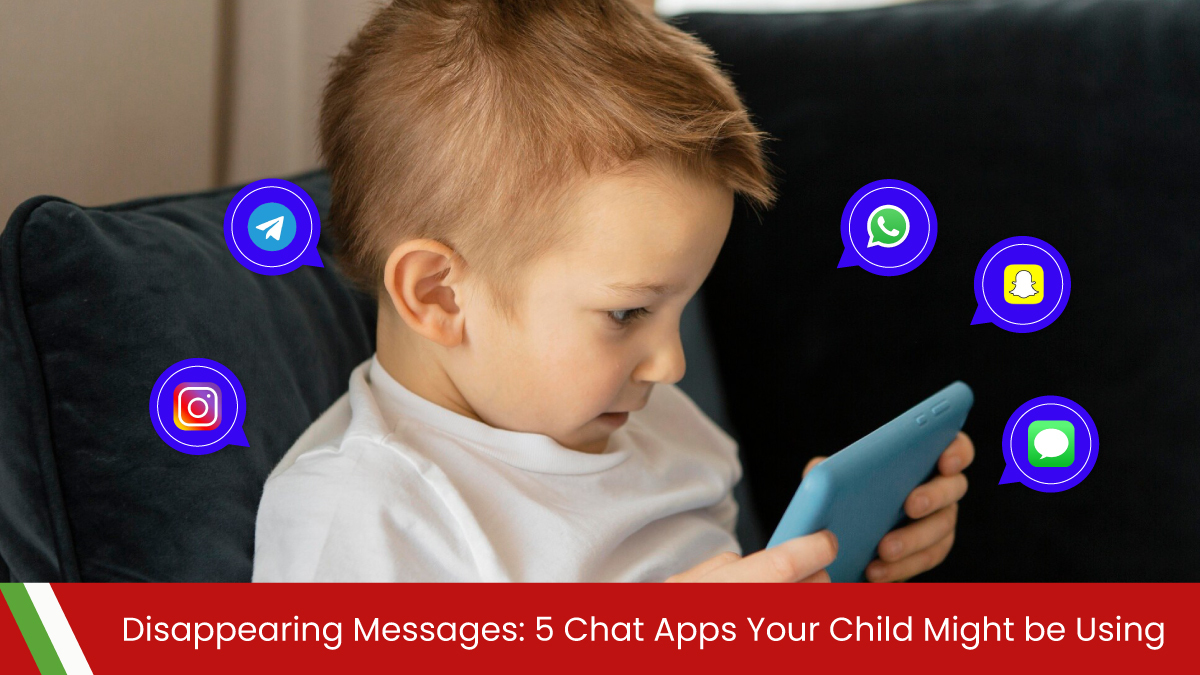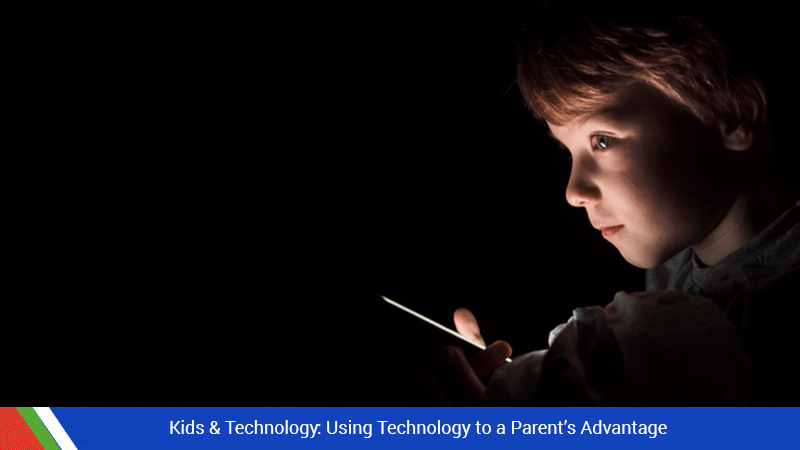The complete monitoring experience for your phone
Get XNSPY and start tracking calls, texts, multimedia, locations and more on any phone!
Get Started Now Live DemoOur lives are surrounded by social media. We begin our day with scrolling down the newsfeed on Facebook and checking out how perfect everyone’s life is on Instagram. We would avoid starting a conversation with someone and rather choose the glaring light emanating from our screens.
As the world becomes dominated by social media applications, the effects of it are starting to become noticeable. Fake news, cyberbullying, and hate-speech have been amplified by the onslaught of social media.
Social media is meant to bring people together, then why is it becoming a reason for so many people’s unhappiness? With over 2.77 billion social media users, according to Statista, it seems that social media is driving people away.
Facebook, Instagram, and Snapchat are the leading social media platforms. The mental health effects of these sites have been well-documented. A lot of research has gone into how overuse of social media platforms can have negative effects on children and adults. Anxiety, depression, FOMO (fear of missing out), and feeling of loneliness are some of the mental health disorders people go through because of these social media sites.
Moreover, cyberbullying causes kids to underperforming in school and makes them more prone to self-harm. It can lead to a change in sleeping and eating patterns of a child as well.
With filters glossing over our lives and making them look like something out of a magazine, surely, one would feel that their life is inadequate in some way. Moreover, it makes people feel insecure and despondent. People perceive unrealistic standards as the norm and obsessively compare themselves with it. This is why many users of social media sites, especially women, strive for abnormal body types. And it is making them more miserable.
Staying up all night while using a social media application can disrupt sleeping patterns as well. Mental health issues such as anxiety and depression can lead to lack of sleep. Thus, a lack of sleep can lead to poor health conditions including high blood pressure, diabetes, heart attack, and obesity. LED lights in a smartphone are thought to disturb natural processes such as the release of sleep hormones.
However, some social media sites are worse than others. Young Health Movement and Royal Society of Public Health published a report #StatusOfMind. About 1,479 young adults, between the ages of 14 and 24 were surveyed and asked to provide a list of most popular social media platforms. The report listed social media sites that rank the worst in mental health.
Here are the top 5 social media applications ranked according to their effect on mental health.
The list ranks down most negative social media sites to most positive.
1. Instagram
Instagram had the highest rates of causing anxiety, depression, and loneliness. It was also the worst in the perception of one’s body image. However, some positives of the site include providing a platform for self-expression and having an awareness for an individual’s identity. Overall, Instagram is the worst social media application for mental health.
2. Snapchat
Snapchat ranked highest in FOMO. Although mental health effects including anxiety, depression, and loneliness caused by Snapchat were lower than Instagram, Snapchat ranked the lowest in providing awareness to its users.
3. Facebook
Facebook ranked the highest in bullying. It ranked the same as Instagram in anxiety, depression, and loneliness. It ranks second-highest in sleep-related issues. On the flip side, it also ranked the highest in providing emotional support.
4. Twitter
The positive and negative impacts of Twitter are almost equal. The platform also causes mental health issues such as anxiety and depression.
5. YouTube
YouTube does not cause anxiety, depression, and loneliness. However, it is the highest in causing changes in sleep patterns. It ranks highest in awareness and community building and ranks the least in bullying, FOMO, and perception of body image. It also causes the least amount of anxiety, depression, and loneliness. Overall, YouTube is a positive social media site.
Some startling facts about social media and mental health
In this report, the effects of mental health on teenagers and young adults are discussed. Some of the most alarming stats are as follows.
- Social media is considered more addictive than cigarettes and alcohol.
- Anxiety has increased by 70% in the past 25 years.
- 9 in 10 teenage girls say that they are unhappy with their body.
- 7 in 10 kids have faced cyberbullying.
- Kids are twice as likely to be bullied on Facebook than any other social media platform.
- 1 in 5 adolescents says that they check their messages at night leading to more tiredness.
What should one do?
Quitting social media altogether will not solve the problem. In fact, it may cause you to relapse into using the platform. However, an effort needs to be made to limit the amount of time spent on social media sites. Furthermore, one should be diligent in noticing when feelings of anxiety and depression start to kick in while using social media applications.
Here are a few healthy social media habits that you can adopt:
- Allocate a certain amount of time to using a social media application.
- When you use a social media application, have a purpose, otherwise, you will find yourself scrolling down the feed unchecked.
- Don’t post on social media platforms without a purpose. If your purpose is to show off, you might want to rethink posting.
- Avoid installing too many social media applications.
- Use your social media account on your desktop/laptop instead of on your phone.
- Limit the use of social media applications when out with friends and family.
What can social media platforms do?
The report by the Royal Society of Public Health goes on to suggest how social media sites can make changes to their platforms. These can help in reducing the negative effects of social media on mental health.
- Using pop-up warnings to notify in case usage of a social media platform has exceeded a certain time limit.
- Body image causes lower self-esteem in many young people, especially girls. The use of filtered images to set a standard is spread all over Instagram Therefore, photos should mention if an image has been altered or not.
- Social media awareness should be carried out in schools so that young people are aware of the damage it can cause to one’s social well-being.
Social media applications are not all bad. After all, they are known for spreading awareness about things that we may not have heard of. Likewise, it is a platform for circulating news, albeit fake news, but news nonetheless. We need to strike a balance between using too much social media and using enough social media for our own well-being.


